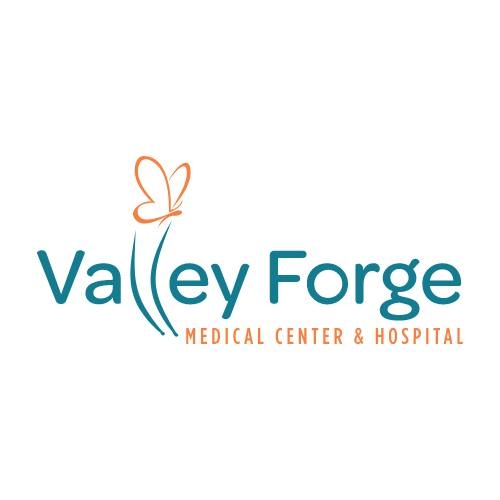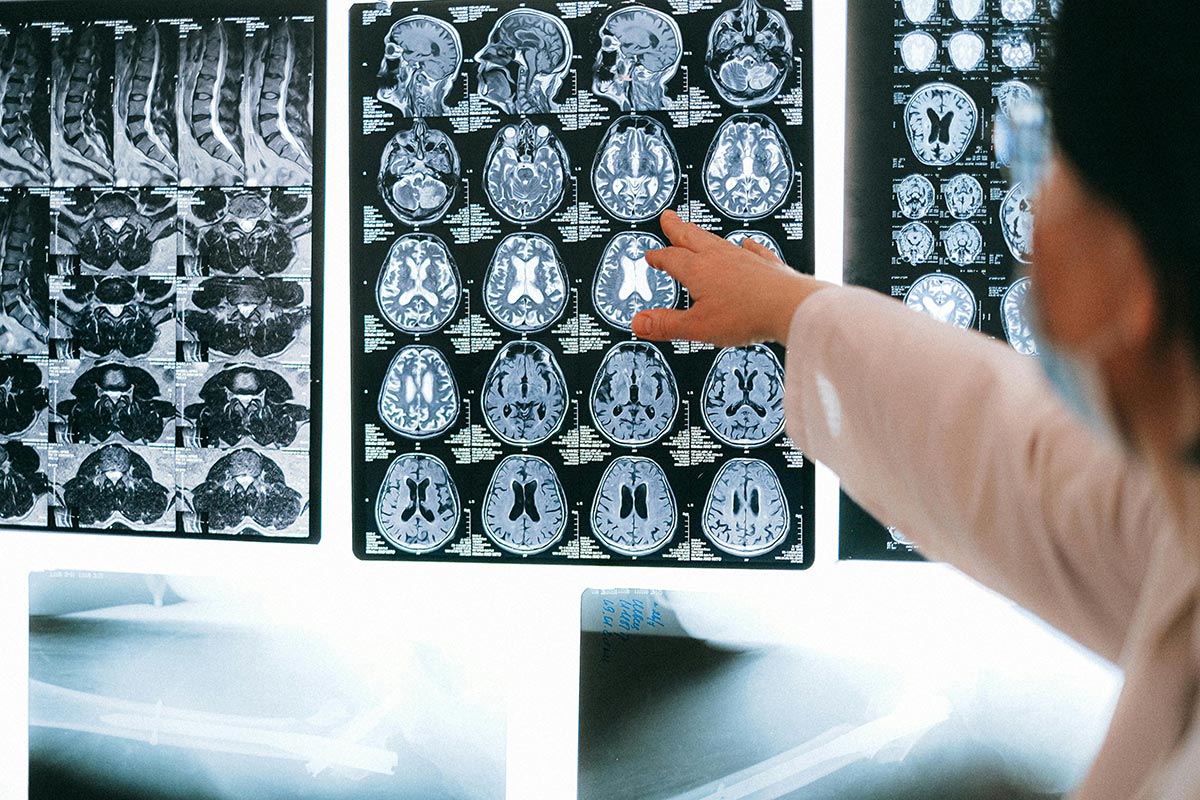

Collaboration in Addiction Treatment
Collaboration plays a vital role in addiction treatment, particularly when it comes to the involvement of community resources. In this section, we will explore the importance of community involvement and the challenges faced by community-based programs.
Importance of Community Involvement
Community involvement in addiction recovery is crucial for providing a supportive network to individuals struggling with alcohol and substance use disorder. It offers a sense of belonging, reduces feelings of isolation, and increases accountability. Community resources provide guidance, mentorship, and a safe space for individuals on their recovery journey. By engaging with local communities, addiction hospitals can tap into existing support systems and leverage community resources to enhance treatment outcomes [1].
Collaboration between addiction hospitals and community organizations is beneficial in several ways. Community involvement helps to reduce the stigma associated with addiction, as individuals in recovery can find acceptance and understanding within their local communities. It also promotes education and awareness about addiction, fostering a more compassionate and informed society. Furthermore, community resources can provide essential services such as vocational training and job placement assistance to help individuals in recovery rebuild their lives [2].
Challenges in Community-Based Programs

While community-based programs are vital in addressing addiction, they face several challenges in their efforts to provide effective treatment. The changing landscape of drug and alcohol abuse, including increased drug use and higher incidences of infectious diseases, poses significant challenges for community-based programs. To adapt to these challenges, treatment providers need to acquire new tools, skills, and partnerships to ensure cost-effective treatments.
Stigma remains a significant issue in the field of drug and alcohol abuse treatment. Addiction is often viewed as a social or moral problem rather than a medical one. This stigma leads to inadequate resources for publicly funded treatment programs and long waiting lists for patients. It is essential to address this stigma and promote a more comprehensive understanding of addiction as a medical condition. By challenging societal perceptions and building partnerships, addiction hospitals and community organizations can work together to provide the necessary support and resources for those in need [3].
Collaboration is key to providing comprehensive and effective care in the dynamic landscape of healthcare and addiction treatment. By building strong partnerships and engaging with community resources, addiction hospitals can overcome challenges and ensure that individuals seeking help receive the support they need to navigate the path to recovery [4]. Through collaboration, addiction hospitals can tap into the collective expertise and resources of the community, creating a more holistic and integrated approach to addiction treatment.
Integrating Research and Practice
In the field of addiction treatment, integrating research findings into practice is crucial for providing evidence-based care. By utilizing research findings and bridging the gap between practice and research, addiction hospitals can enhance their treatment approaches and improve patient outcomes.
Utilizing Research Findings
Research findings in substance abuse treatment play a vital role in informing and improving addiction hospitals' practices. However, these findings are often underused, resulting in a gap between evidence-based treatments and their implementation in clinical settings [3]. For example, effective medications and treatments such as methadone maintenance for heroin addiction and the use of naltrexone in alcohol treatment may not be as widely implemented as recommended by research.
To ensure research findings are effectively utilized, addiction hospitals should establish mechanisms for regularly reviewing and incorporating new evidence into their treatment protocols. This can involve creating partnerships with research institutions and staying up to date with the latest studies and clinical guidelines. By actively incorporating evidence-based practices, addiction hospitals can provide the most effective and cutting-edge treatments for individuals struggling with addiction.
Bridging the Gap Between Practice and Research
Collaboration between treatment providers and researchers is essential for bridging the gap between practice and research in drug and alcohol abuse treatment. It is crucial to develop an infrastructure that encourages and supports research within a network of community-based treatment programs [3]. By fostering studies that include these programs as full partners, researchers can gain valuable insights into real-world treatment challenges and refine interventions based on the feedback and experiences of clinicians and patients.
Building strong partnerships between addiction hospitals and research institutions allows for the translation of research findings into practical applications. This collaboration can involve joint research projects, training programs, and knowledge exchange initiatives. By working together, researchers and treatment providers can ensure that evidence-based practices are effectively implemented in addiction hospitals and community-based programs, ultimately improving the quality of care and outcomes for individuals seeking help.
Integrating research and practice in addiction treatment is an ongoing process that requires active collaboration and a commitment to staying informed about the latest findings. By utilizing research findings and bridging the gap between practice and research, addiction hospitals can continuously enhance their treatment approaches, adapt to the evolving landscape of substance abuse, and provide the best possible care for individuals in need.
The Collaborative Care Model
In addiction treatment, the collaborative care model plays a vital role in ensuring comprehensive and integrated support for individuals seeking recovery. This model emphasizes a team-based approach, bringing together professionals from various disciplines to address the multifaceted needs of patients.
Team-Based Approach in Addiction Treatment

The collaborative care model involves a team of professionals working together to provide holistic care for individuals with substance use disorders. This team typically includes staff from outpatient treatment centers, psychiatrists, sober living staff, and primary care physicians [5]. By combining their expertise, these professionals can address the complex physical, mental, and social aspects of addiction.
The team-based approach allows for efficient communication and coordination among providers across different disciplines and levels of care. This interdisciplinary collaboration ensures that patients receive comprehensive support and that their treatment plans are tailored to their specific needs. By working together, the team can provide a cohesive and integrated approach to treatment, improving patient outcomes.
Benefits of Collaborative and Integrative Care
Research spanning decades has shown that collaborative and integrative care models are effective in delivering improved outcomes for individuals with substance use disorders [5]. The benefits of this approach include:
At Encore Outpatient Services, the collaborative care model is implemented through an interdisciplinary treatment approach. This approach involves therapists, recovery coaches, academic and professional coaches, nutritionists, and medical staff working together to support patients and their families [5]. By leveraging the expertise of professionals from various disciplines, Encore provides comprehensive and integrated care to address the complex needs of individuals seeking recovery.
The collaborative care model in addiction treatment enables individuals to receive holistic, person-centered care, focusing not only on addiction but also on underlying issues such as trauma, depression, or anxiety. By working together, the care team can support patients in their journey towards recovery, helping them regain control of their lives and achieve lasting well-being.
Building Strong Partnerships
In the field of addiction treatment, building strong partnerships between addiction hospitals and community resources is crucial for enhancing the quality of care and improving patient outcomes. Collaborations between these entities contribute to a more comprehensive and effective approach to addressing the complex needs of individuals seeking help.
Enhancing Quality of Care
Collaboration among treatment programs plays a vital role in enhancing the quality of care provided to individuals with addiction. By forming robust partnerships, addiction hospitals can tap into the expertise and resources available within the community. This collaboration allows for the sharing of best practices, knowledge, and specialized services, resulting in a more comprehensive approach to patient care.
Strong partnerships enable addiction hospitals to work closely with community resources such as mental health clinics, substance abuse treatment centers, vocational training programs, and job placement services. Through clear communication, shared training initiatives, and a commitment to common goals, these collaborations can lead to improved mental health outcomes and reduced substance abuse relapses.
By leveraging the strengths and expertise of each partner, addiction hospitals can provide a more holistic and integrated approach to treatment. This comprehensive care approach addresses not only the immediate addiction-related issues but also the underlying mental health conditions, vocational needs, and other factors that contribute to sustained recovery.
Successful Collaborations in Healthcare
Collaboration is considered a cornerstone of effective healthcare delivery, contributing to resource optimization, improved outcomes, and a more interconnected and supportive healthcare system. Successful collaborations between addiction hospitals and community resources can serve as examples for other healthcare organizations.
One example of successful collaboration is the partnership between a mental health clinic and a substance abuse treatment center. This collaboration allows for the seamless integration of mental health services and addiction treatment, resulting in improved patient care outcomes. Clear communication channels, shared electronic health record systems, and coordinated treatment plans ensure that patients receive comprehensive care that addresses both their mental health and addiction needs.
Other successful collaborations in healthcare involve the establishment of consortiums and alliances. These collaborative initiatives bring together multiple organizations, including addiction hospitals, community agencies, and advocacy groups, to work towards common goals. By pooling resources, sharing expertise, and coordinating efforts, consortiums and alliances can have a significant impact on improving access to care, reducing stigma, and advocating for policy changes.
Implementing successful collaborations requires a commitment to building strong partnerships, clear communication, and a shared vision for improving addiction treatment. By learning from case studies and practical tips, treatment programs can forge robust collaborations that transcend organizational boundaries, ultimately benefiting individuals seeking treatment and the communities they serve.
In the next section, we will explore the barriers that addiction hospitals and community resources need to address in order to effectively collaborate and provide comprehensive care to those in need.
Addressing Treatment Barriers
In the realm of addiction treatment, it is crucial to address the barriers that individuals may face when seeking help. Two primary types of barriers have been identified: personal and structural barriers. Understanding and addressing these barriers is essential for ensuring the accessibility and effectiveness of addiction treatment programs.
Personal and Structural Barriers
Personal characteristics barriers encompass factors related to an individual's personal vulnerabilities and beliefs. These barriers may include feelings of shame, fear of judgment, or denial of the severity of their substance use disorder. Overcoming these personal barriers often requires support, education, and encouragement to seek treatment.
On the other hand, structural barriers refer to issues related to service availability and accessibility. One of the primary structural barriers is the lack of specialized services to treat individuals with co-occurring substance use and mental health disorders (COD) NCBI. Limited geographic proximity to treatment services, especially in rural and resource-poor settings, can also hinder access to treatment. Lack of transportation options and limited resources to obtain transportation further compound this issue NCBI.
Under-identification of co-occurring disorders is another significant structural barrier. Comprehensive screening and assessment for mental health and substance use disorders are not commonly practiced in psychiatric or primary care settings, leading to under-identification rates. This is particularly prevalent among adolescents, individuals from low socioeconomic backgrounds, and racial/ethnic minorities NCBI.
In addition, structural barriers can manifest in service provision issues. Organizational red tape, long wait times for appointments, and a lack of discharge planning can impede individuals from accessing treatment services NCBI. Traditional treatment modalities may not adequately address the unique needs of individuals with co-occurring disorders, further acting as a deterrent to seeking help NCBI.
Insurance and coverage policies also play a significant role as structural barriers. Limited coverage for substance use treatment, lack of insurance, and restrictions associated with publicly funded services can hinder access to treatment. However, Medicaid coverage may facilitate access for individuals with co-occurring disorders NCBI.
Addressing personal and structural barriers requires a multi-faceted approach. It involves raising awareness, reducing stigma, improving service availability, and advocating for policies that enhance access to addiction treatment. By addressing these barriers, addiction hospitals and community resources can work together to ensure that individuals in need can access the help they require to embark on their journey to recovery.
Examples of Successful Collaborations
Collaboration between addiction hospitals and community resources is crucial for the effective delivery of addiction treatment and support services. Here are three examples of successful collaborations that have contributed to the advancement of addiction care:
Consortiums and Alliances
Alliances between addiction hospitals, research institutions, policymakers, and practitioners play a vital role in developing empirically based clinical protocols and documenting improvements in clinical effectiveness. These collaborations evolve over time and facilitate communication and cooperation among stakeholders. One such example is the Iowa Consortium for Substance Abuse Research and Evaluation. This consortium promotes data collection, research utilization in policy formation and clinical practice, and substance abuse education through newsletters, reports, meetings, and seminars [6].
Culturally Sensitive Approaches
Developing culturally sensitive approaches to addiction treatment and prevention is essential for addressing the unique needs of diverse populations. Collaborations between addiction hospitals and community organizations can facilitate research and the implementation of community-oriented prevention and treatment programs. An example of this collaboration is the partnership between the Navajo Nation and the University of New Mexico's Center on Alcoholism, Substance Abuse, and Addictions (CASAA). This collaboration allowed academic researchers to study a population and service system that would otherwise be challenging to investigate [6].
Performance Measurement Systems
Implementing performance measurement systems in addiction hospitals helps monitor client outcomes, enhance accountability, and drive quality improvement initiatives. One example is the Drug Outcome Monitoring System (DOMS) developed by Chestnut Health Systems and Interventions in Illinois. DOMS integrates clinical records, administrative information, and service utilization data to measure client outcomes and improve the quality of addiction care. This system enables addiction hospitals to demonstrate their effectiveness and ensure the delivery of high-quality services.
These successful collaborations demonstrate the power of partnerships in improving addiction care. By working together, addiction hospitals and community resources can enhance treatment outcomes, tailor interventions to diverse populations, and continuously improve the quality of care provided to individuals struggling with addiction.
References
[2]:
[3]:
[4]:
[5]:
[6]:
.svg)





